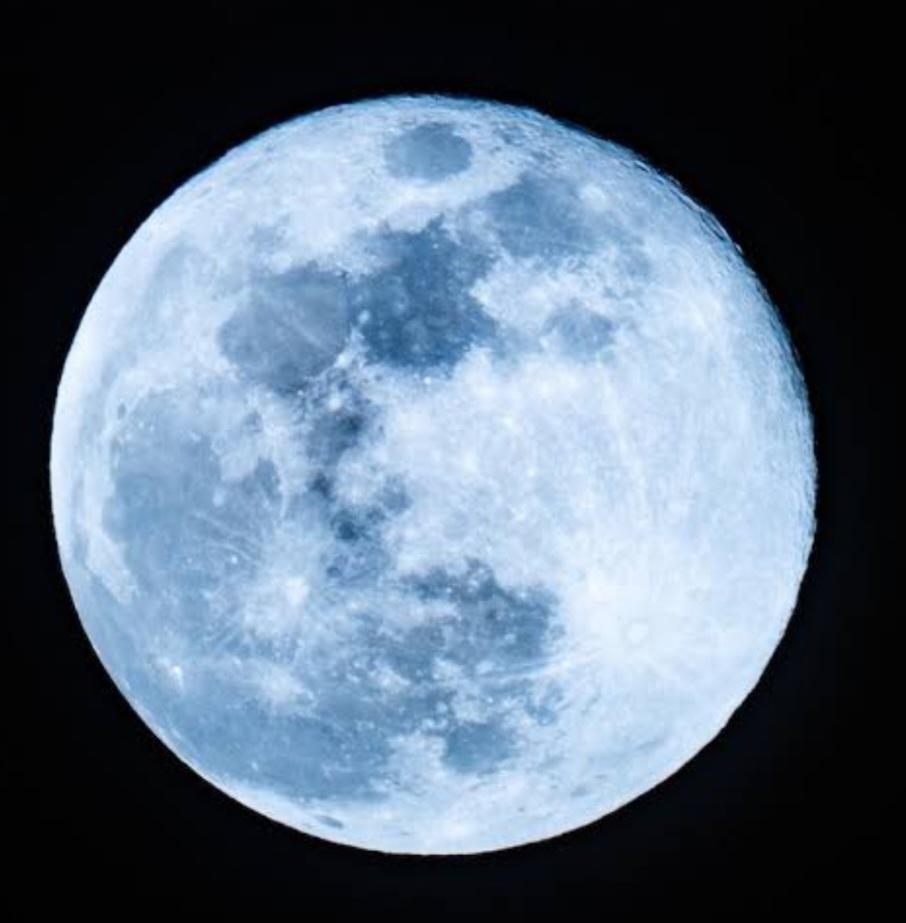Here are some interesting facts about the moon:
Size
The moon is Earth's only natural satellite and the fifth largest natural satellite in the solar system. It's about a quarter of the size of Earth, with a diameter of 2,159 miles.
Orbit
The moon orbits Earth in an elliptical shape, traveling 1,423,000 miles at a speed of 2,288 miles per hour. It's slowest when it's furthest from Earth and fastest when it's closest.
Rotation
The moon is tidally locked with Earth, meaning it rotates in sync with Earth's rotation. This means that we always see the same side of the moon, and humans didn't see the far side until 1959.
Surface
The moon's surface is covered in craters from asteroids, comets, and meteorites. The largest crater is the South Pole-Aitken Basin, which is nearly 2,500 kilometers across and 8 kilometers deep.
Temperature
The moon's temperature varies widely, from 273°F (134°C) on the sunny side during the day to -243°F (-153°C) on the night side.
Atmosphere
The moon has a thin, non-breathable atmosphere called an exosphere.
Gravity
The moon's gravity causes Earth's tides. The moon's gravitational pull creates two bulges in Earth's oceans, one on the side closest to the moon and one on the opposite side.
Weight
If you were on the moon, you would weigh six times less than you do on Earth. This is because the moon has less mass than Earth, and gravity attracts objects with more strength based on mass.
About blue moon 🌙 🌚 💙
How often they occur ?
A blue moon happens about once every 33 months, or seven times every 19 years. It's even rarer for two blue moons to occur in the same year, which happens about four times per century.
What they are ?
A blue moon is a full moon that occurs in a season with four full moons, or the second full moon in a calendar month. It's not actually blue in color and looks no different from a regular full moon.
When they're more likely to occur ?
Months with 31 days, like January, March, May, July, August, October, and December, are more likely to have a blue moon. February can't have a blue moon because it only has 28 days, or 29 in a leap year.
How the term originated ?
The term "blue moon" has been used since the 1940s.
How it became popular ?
An incorrect definition of a blue moon went viral after a radio show, and it started appearing in places like the World Almanac and Trivial Pursuit.
NASA's view
NASA says that a blue moon is an artificial phenomenon, and is a result of how we organise our calendar 📅

